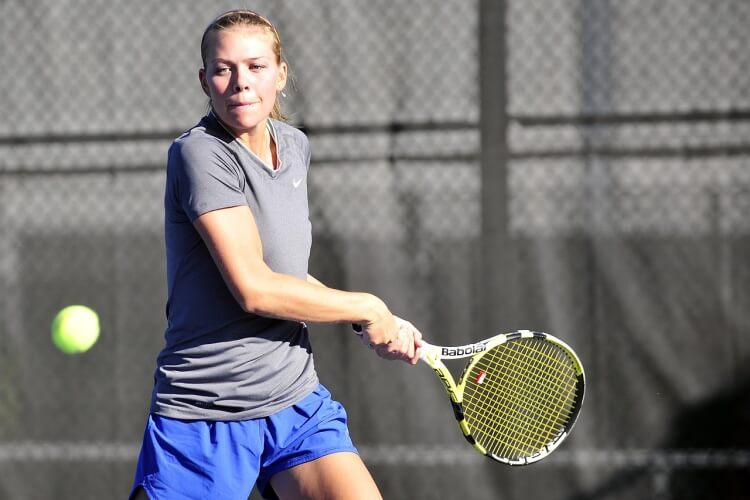When I started coaching I was told that a coach wears many different hats– teacher, counselor, administrator, role model, etc. For today’s coaches, the world is demanding one more hat to wear–website manager/administrator. People get their “news” in the palm of their hand (their smart phone or tablet). Even television “news” is beginning to see the impact of social media. In the “old days” the media would come to you and your school seeking information– to interview coaches, take pictures, get rosters, etc. Today, the local paper no longer comes to you. The print media is a dying business and to stay afloat it’s fast becoming more electronic. Because of this, coaches have to put on their own promoter hats and generate team news and information. Put figuratively, a webpage is like your “front porch.” If kept attractive and clean– regularly updated and loaded with interesting news and information your athletes, parents, fans, and community will visit it often. They’ll want to “sit on it” with their friends and have conversations with you and your coaches.

Almost two years ago, we contracted with a national website management company – National Amateur Sports – to create an athletic website for our large school district, and for each of our schools and each of their sports teams. Why did we do this and what were the selling points in getting buy-in from our schools? I’m about to explain because my goal in this article is to convince you of the value of doing whatever it takes to establish and maintain a team webpage for your program and athletes.
For a good many years, our coaches and athletic directors had been constantly complaining about the lack of media coverage. About twenty years ago, our local newspaper The Greenville News, was our state’s largest newspaper. The coverage our high school sports teams received was phenomenal. They reported on virtually all of our sports teams as well as football and basketball throughout the entire state. They sponsored events such as district-wide track meets and coordinated and gave coverage to all-district teams in most sports. Slowly, all of this disappeared. The newspaper’s circulation dropped significantly, its staff shrunk in size, and our sports team’s media coverage became a trickle. Most days, there is now not even a single item on high school sports in our local paper’s sports section. Although most coaches hardly noticed this subtle paradigm shift, shift it did and so must we! I’m guessing the above story is a familiar one in your own community because of the tidal wave of 24/7 news coverage via social media through smartphones, tablets, and smart TV’s. These devices, in concert with the Internet are driving change. It’s happening in every community across the country and around the world. Today, I get my newspaper delivered electronically and read it on my I-pad. Everywhere you see people gathering, they are glued to their smartphones reading or sending tweets or texts, and getting news and sports updates, instagram’s, and instant messages from major news and sports media outlets. We can now follow games with live streaming and get live scoring via website links. It’s a whole new world and it is how people expect news and information to be shared with them.



